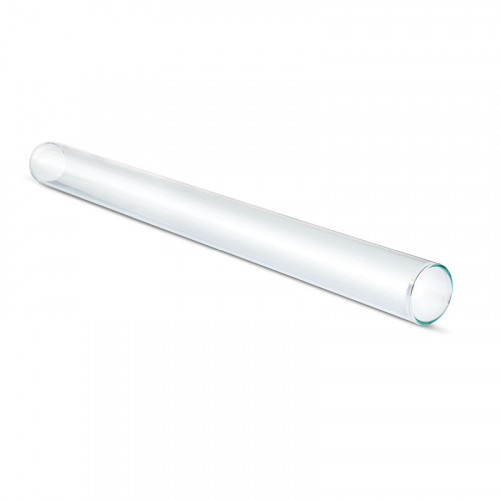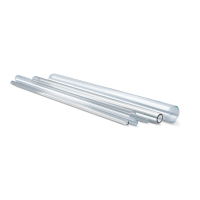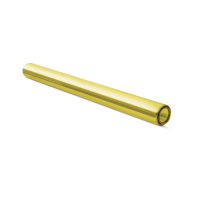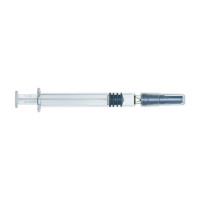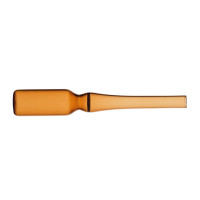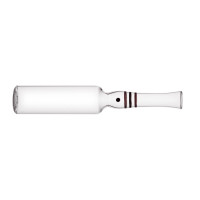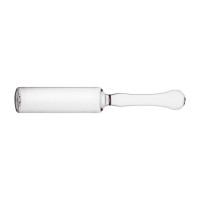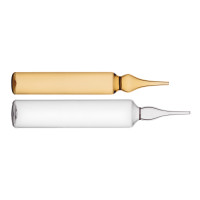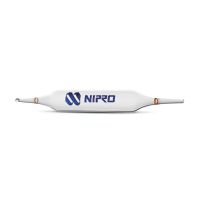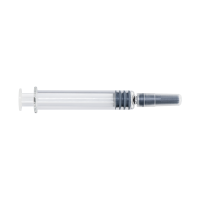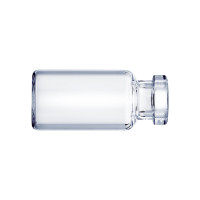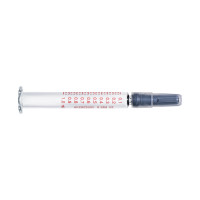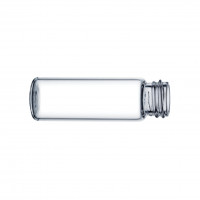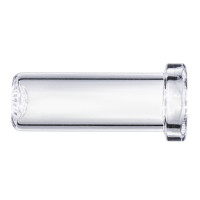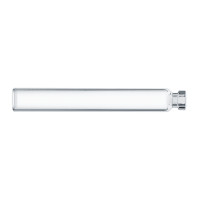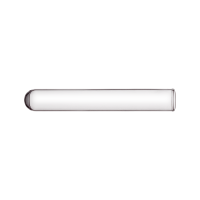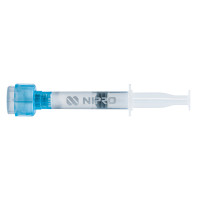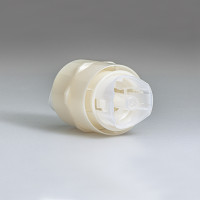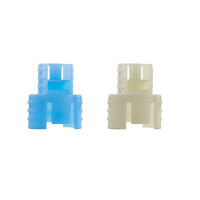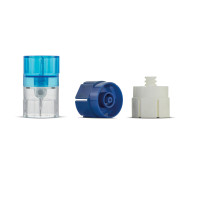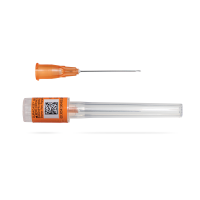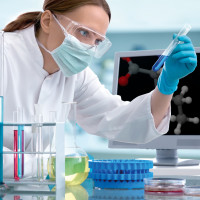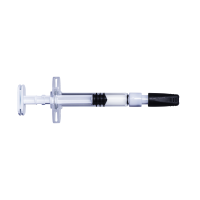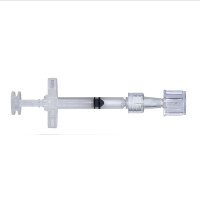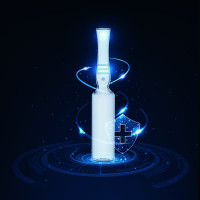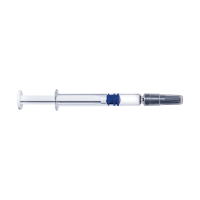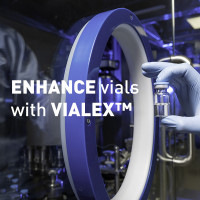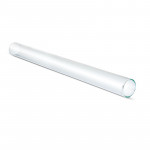
For extraordinary quality requirements
eNgage NSV51 glass tubing is fully customizable, offering the flexibility to meet very specific requirements that cannot be fulfilled with the existing quality levels.
You will collaborate with an experienced and dedicated team to develop the optimal glass tubing that fits precisely to your container requirements
-
Out-of-the-box solutions
-
Fully customizable
-
Supported by a multi-disciplinary team of experts
| Glass type | Expansion | Hydrolytic resistance | Color |
|---|---|---|---|
| Borosilicate | 51 | Type I | Clear |
| Outer diameter | Wall thickness | Length |
|---|---|---|
| 6.0-19.9 mm | 0.45-1.10 mm | 1,400-1,675 mm |
| 20.0-27.9 mm | 0.55-1.70 mm | 1,400-1,675 mm |
| 28.0-30.0 mm | 0.90-1.70 mm | 1,400-1,675 mm |
| Symbol | Value* | |
|---|---|---|
| SiO2 | 74.5% | |
| B2O3 | 11% | |
| Al2O3 | 6% | |
| Na2O | 7.0% | |
| K2O | 0.8% | |
| CaO | 0.4% |
| Property | Value* |
|---|---|
| Working Point | 1,090 °C |
| Softening Point | 788 °C |
| Anneal Point | 568 °C |
| Coefficient of Thermal Expansion | 51 cm/cm x 10-7/°C |
| Density | 2.31 g/cm³ |
| Standard | Classification |
|---|---|
| USP Powdered Durability – Chapter <660> Current Edition, Vol. 1 | Type I |
| USP Powdered Durability – Chapter <660> Current Edition, Vol. 1 EP Hydrolytic Resistance – Chapter 3.2.1, Current Edition, Vol. 1 | Type I |
| JP Containers for Injection – Current Edition | Passes |
| ISO 695 Alkali Resistance | Class A2 |
| DIN 12116 Acid Resistance | Class S1 |
| Standard | Status |
|---|---|
| Arsenic extraction requirement according to USP and EP | Compliant |
| Heavy metal requirements set forth in EU Packaging, Packaging Waste Directive 94/62/EC, and CONEG Toxics in Packaging regulations | Compliant |
Frequently Asked Questions (FAQs)
The "thermal expansion coefficient" typically ranges between 5.0 × 10^-6 /°C and 10.0 × 10^-6 /°C, depending on the specific type of glass. This coefficient indicates the extent to which a unit length of glass will expand or contract with a one-degree change in temperature, expressed in terms of per degree Celsius (°C).
In the context of glass used for pharmaceutical packaging, hydrolytic resistance is a crucial property. It indicates the glass's ability to maintain its integrity and prevent leaching of ions or other substances into the contained pharmaceutical product when in contact with water or aqueous solutions. Glass with high hydrolytic resistance is less prone to chemical interactions and is therefore preferred for packaging sensitive pharmaceutical formulations.
Amber-colored glass tubing is often used to manufacture vials, ampoules, and bottles for packaging light-sensitive medications. The amber color of the glass provides protection against ultraviolet (UV) light, which is known to degrade light-sensitive pharmaceuticals, thus ensuring the stability and potency of the enclosed medications.
For information regarding Nipro products, services, and resource material:
| Give us a call +32 15 263 500 |
E-mail us pharmapackaging@nipro-group.com |
| Submit a detailed inquiry: Contact per expertise |
View our manufacturing locations: Our global network |

